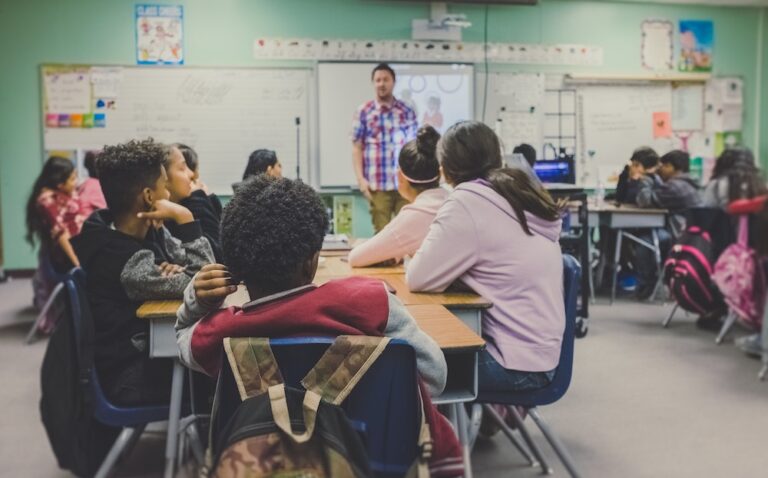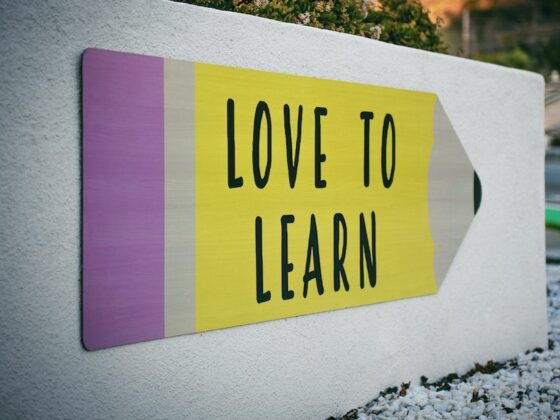With around 15-30 students in the same classroom listening to the same teacher explain the same subject, you’d think they would learn the same too. That’s not the case.
As teachers, you know the achievement gap exists on a large scale, moving and expanding from year to year. It also exists in a miniature form within classrooms. The performance disparity among students seems inescapable at times, but we have a few tips to close this small-scale achievement gap.
Track Student Progress
By keeping up to date on each student’s progress through the year, you’ll know exactly when one starts falling behind. Tracking data will show you exactly when you need to intervene. This could mean taking extra time to check in with that student and ensure your method of teaching addresses their best method of learning.
Set Goals with Students
Similar to tracking student progress, setting learning goals with students allows them to be active contributors to their learning. Knowing their own goals helps them better understand when they begin to fall behind. Then, they can alert you and work with you to find their way back on track.
Reflect on Lessons
Building a culture of self-reflection in the classroom gives students the chance to become aware of their mistakes so they can work to correct them. Self assessment is a powerful thing when it comes to remembering what exactly they learned and how. A great place to start is simply going over last night’s homework.
Get the Family Involved
The National Education Association recommends creating a relationship with students’ parents. This creates an environment where parents feel welcome to participate in their child’s education, and thus are more likely to do so. Depending on the local community, creating a partnership with parents could require picking up the basics of a new language in order to fully open the line of communication.
Make Learning Personal
Personalized learning ensures that every student can learn in the way that best suits them. Each student works at their own pace, with the right amount of challenge, towards a bigger academic goal. Independently or collaboratively, students each have their needs addressed in their education. Varied, effective strategies have a greater chance of reaching every learner.
Incorporate Students’ Cultures into the Classroom
Diversity is an asset. Create opportunities to learn about and embrace each student’s culture. With a little creativity, cultural education can mesh right into regular curriculum. Use books with characters that look and live like your students, or create writing prompts to learn more about students’ families.
Make Closing the Achievement Gap a Priority
By making it important to you, your students already benefit. Help other teachers learn how they can close the gap in their classrooms. Make it a school wide movement. This will make it easier to find and allocate resources for students falling behind, and keep every student on the same footing. This may involve creating extended learning opportunities before or after school, and into the summer with a summer learning program.
The classroom achievement gap, though smaller in scale, hurts each student just as much. It is a game of equity, not equality. Not every student needs the same instructions and materials to reach the same finish line. There are invisible obstacles at work — like race, gender, and socioeconomic status– that set students ahead or behind right at the starting line.
As their teacher, it is your responsibility to ensure children learn and grow under your advisement. Each student deserves the same shot at success. Give them the greatest gift: that chance.





